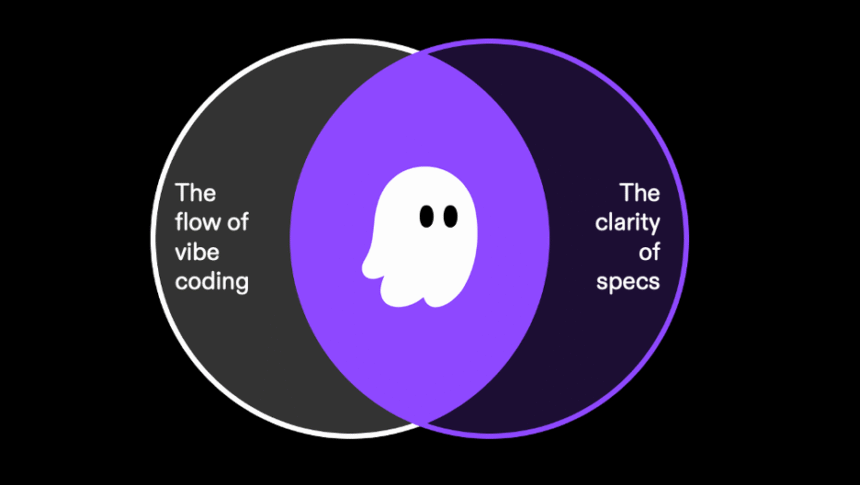A new AI coding tool from Amazon uses agents to automatically create and update project plans and technical blueprints, aiming to solve an increasingly common business headache: undocumented AI-written software that becomes difficult or impossible to maintain.
The new tool, called “Kiro,” (pronounced keer-oh) is an AI-driven integrated development environment, or IDE. It launched in preview Monday morning.
The Amazon team behind the project says it’s aiming to bridge the gap between rapid AI-generated software prototypes and production-ready systems that require formal specs, comprehensive testing, and ongoing documentation.
The idea is to go from “vibe coding to viable code,” as the Kiro website puts it.
The move puts Amazon in direct competition with existing tools like Microsoft GitHub’s agent mode and Google’s Gemini Code Assist, as tech giants race to introduce AI assistants capable of handling complex software projects with minimal human oversight.
Kiro emerged from a small team within Amazon Web Services, but in a departure from typical launches, it is hosted on its own domain, and Amazon’s name appears nowhere in the announcement. Only an AWS logo and links in the website footer signal the connection.
It’s part of Amazon’s push beyond basic coding assistance into autonomous AI software development. While the Amazon Q Developer tool focuses on code completion and chat-based assistance, Kiro deploys AI agents that can act autonomously to help complete projects.
The project was introduced in a blog post by Nikhil Swaminathan, Kiro’s product lead, and Deepak Singh, Amazon’s VP of Developer Experience and Agents.
The vision, they write, is “to solve the fundamental challenges that make building software products so difficult — from ensuring design alignment across teams and resolving conflicting requirements, to eliminating tech debt, bringing rigor to code reviews, and preserving institutional knowledge when senior engineers leave.”
As described in the post, Kiro works by breaking down developer prompts into structured components — requirements, design documents, and task lists — to guide implementation and testing. It also tracks changes and updates those materials as the code evolves, aiming to reduce inconsistencies between what’s planned and what gets built.
It uses automated checks that run when developers save or modify files, handling routine updates like refreshing documentation or scanning for potential problems.
Kiro is free during its preview period. Ultimately, the company plans three pricing tiers: a free version with 50 agent interactions per month; a Pro tier at $19 per user per month with 1,000 interactions; and a Pro+ tier at $39 per user per month with 3,000 interactions.
Business Insider first reported on Kiro in May based on a leaked document.
Read the full article here










